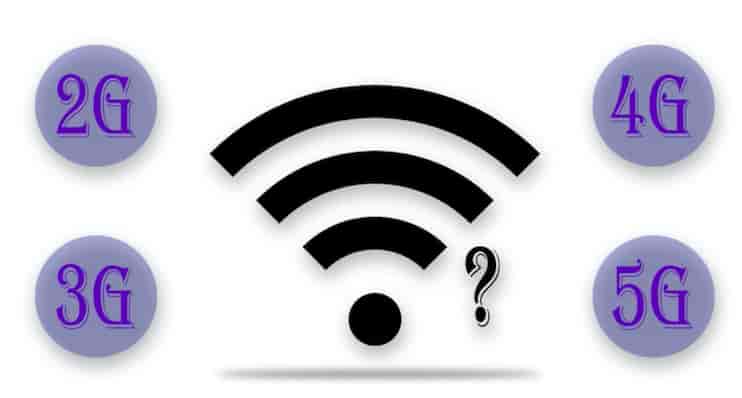This article is about “GSM Network”, hope you will like the information. If yes please do share it with others.
Brief Introduction:

Q. Is GSM 2G, 3G, 4G or 5G network?
Ans. Issued by European Telecommunications Standards Institute (ETSI) GSM is a second generation (2G) spectrum sharing network.
Q. Why is GSM used?
Ans. GSM has the ability to transfer data at the rate of 64 kbps to 120 mbps, hence it supports and used for advanced voice communication.
Q.
| Question | Answer / Comments |
| GSM full form? | Global System for Mobile Communications |
| GSM belongs to which generation technology? | Second Generation (2G) Technology (UMTS – 3rd Generation (3G) Technology LTE – 4th Generation (4G) Technology) |
| Is developed by? | European Telecommunications Standards Institute |
| Frequency band? | 900 MHz or 1800 MHz |
| First used in? | Finland, 1991 |
| Research began for it in? | 1983 in Europe and it took around 8 years for it’s first deployment in Finland |
| When was frequency band changed from 900 MHz to 1800 MHz? | Initially it was deployed on 900 MHz and later it was expanded to 1800 MHz and it was first deployed in UK in 1993. |
Important Reads:
- What is a GSM Technology : Architecture & Its Applications
- Are 4G LTE Networks CDMA Or GSM?
- Difference between GSM and CDMA
- Difference Between LTE and GSM
Main functional units of GSM network:

Que. Which of this is not the functional units of GSM network?
- Mobile station
- Base station subsystem
- Network switching subsystem
- Algorithm subsystem
Ans. 4. Algorithm subsystem
Explanation:
The are 4 main functional units of GSM network i.e. mobile station, base station subsystem, network switching subsystem and operations support subsystem.
Function of the mobile station:
Que. Data transfer is the function of which unit of GSM network?
- Mobile station
- Base station subsystem
- Network switching subsystem
- None of the above
Ans. 1. Mobile station
Explanation:
The main function of mobile station is to provide air interface for users, receptor for SMS or text messages and providing various other services like data transfer, voice messaging etc.
Refer to this link, BSS is explained very well here.
Function of the network switching subsystem (NSS):
Que. Which unit performs the function of switching of calls between mobiles?
- Mobile station
- Base station subsystem
- Network switching subsystem
- Operations support subsystem
Ans. 3. Network switching subsystem
Explanation:
The main function of network switching subsystem (NSS) is to perform switching of calls between mobiles or between mobile and fixed network users as well as authentication management of mobile services.
Refer to this link, for more functional elements related to it like home locations register, mobile services switching center, visitor location register, authentication center, equipment identity register etc.
Function of the operation support subsystem (OSS):
Que. Which unit is responsible for providing information for monitoring and control of whole GSM system?
- Mobile station
- Base station subsystem
- Network switching subsystem
- Operations support subsystem
Ans. 4. Operations support subsystem
Explanation:
The main function of operation support subsystem is to provide information for monitoring and controlling the whole GSM system by providing cost-effective, centralised and local system for overview and effective maintenance of GSM network.
Various services provided by GSM system:
Source: Link
Various services provided by GSM network are outgoing and incoming calls, calls forwarding, SMS services, data transmission, radio services, call hold, call waiting, multiparty services etc.
So, this is all about “GSM Network”, do let us know in comment section what else you want to read about or some other information you require in the current topic i.e. “How to freeze a row in google sheets”, we are more than happy to help you.
Source: Click me
Other relevant links:
3 thoughts on “GSM Network”